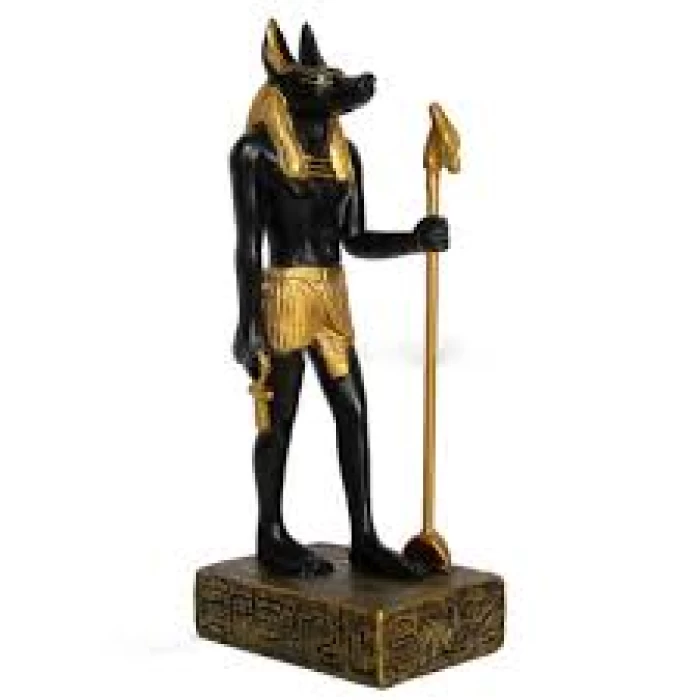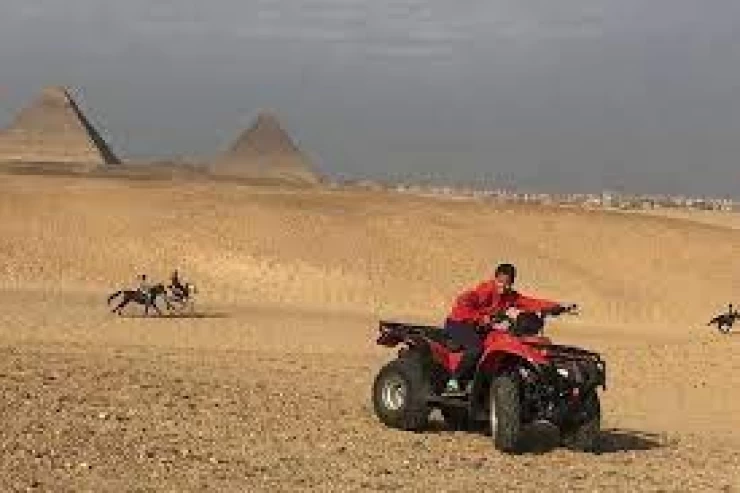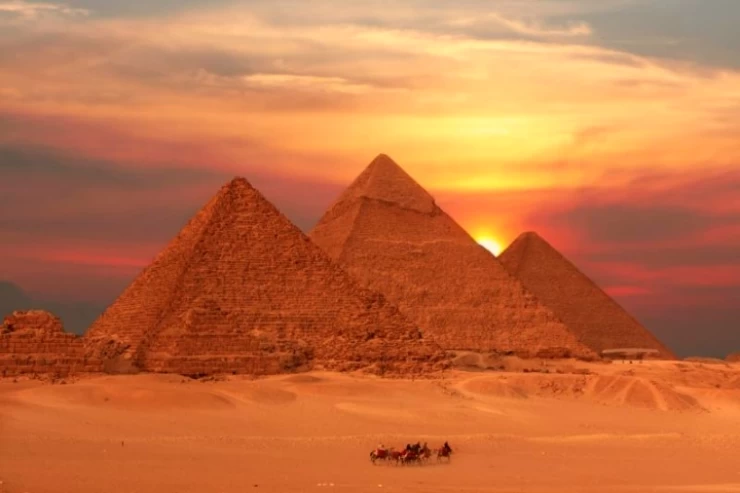
Dieu Anubis | Dieu de la nécropole
Dieu Anubis, Dieu de la nécropole
Anubis est considéré comme le dieu de la mort parmi les pharaons. Ils trouvent une sculpture dans des tombes anciennes, parlant d'Anubis comme un guide pour les morts, le gardien du monde inférieur. Son culte a quitté le règne de la cinquième dynastie du dieu Osiris, quand il était adoré dans l'Égypte ancienne. Anubis était connu comme le dieu des enfers, mais plus tard, il est devenu associé au processus de momification et aux processions funéraires. Son nom a été changé et il était alors connu sous le nom de "Imy-ut" (Celui qui est dans le lieu d'embaumement), nub-ta-djser (seigneur de la terre sacrée). Préserver le corps de la personne morte était l'une des croyances égyptiennes anciennes, c'est pourquoi ils ont momifié leurs morts, Anubis était le dieu momifié. Anubis avait un point noir qui le représentait comme le dieu des morts. La forme humaine complète d'Anubis pouvait être vue au temple de Ramsès II à Abydos. Anubis a également une belle statue sur son nom qui est faite sous la forme d'un chacal qui a été trouvé au tombeau de Toutankhamon qui a été découvert par le célèbre excavateur Howard Carter dans la nécropole du nouveau royaume connue sous le nom de Vallée des rois à l'Ouest Rive du Nil, et maintenant exposé dans la collection du Musée égyptien du Caire.
Nous pouvons voir beaucoup de prières et de rituels dédiés à Anubis gravés sur de nombreuses tombes anciennes d'Égypte. Il a observé le processus de momification des morts pour s'assurer qu'il était correct. Il a accompagné les âmes des enfers tout en examinant leur connaissance des dieux et leur foi. Il a placé le cœur des morts sur la balance de la justice lorsque le jugement du cœur a eu lieu. Voyagez en Égypte pour visiter les temples et pyramides égyptiens pour en savoir plus sur la mythologie et les centaines de dieux adorés par les pharaons qui ressemblaient beaucoup aux humains qu'ils aimaient et détestaient. Ils se sont sentis jaloux et se sont battus et sont morts au cours d'un mythe étonnant plein de joie, des événements d'action et dramatiques qui ont inspiré les réalisateurs et producteurs de films modernes à créer des films de renommée mondiale sur la grandeur des pharaons et des dieux qu'ils adoraient. Passez quelques jours à visiter Abydos, Gizeh, Louxor, Assouan pour visiter les tombes des pharaons ornées de scènes très claires, détaillées et magnifiquement peintes des différentes divinités de l'Égypte ancienne ainsi que de nombreux autres sites.
Naviguez sur les eaux bleues à travers les deux bandes verdoyantes de part et d'autre du désert doré lorsque vous réservez votre croisière sur le Nil égyptien. Et consultez nos offres saisonnières pour choisir la pension ou la maison de vacances la plus adaptée à vos vacances de Pâques 2023. Nous vous épargnerons les tracas et inclurons certains des meilleurs hôtels et bateaux dans toutes les villes que vous allez visiter par le biais de forfaits de voyage en Égypte. Mais si vous aimez réserver votre propre hôtel, nous avons professionnellement personnalisé une grande variété d'excursions d'une journée en Égypte pour vous. Commencez dans la ville qui ne dort jamais et explorez nos excursions d'une journée au Caire qui couvrent tous les sites archéologiques et les lieux de divertissement à partir des pyramides de Gizeh, le célèbre Sphinx et au Musée égyptien situé sur la place El Tahrir et le Musée national de la civilisation égyptienne pour admirer le masque d'or du roi Toutankhamon. Et si vous avez envie de camper dans l'un des déserts les plus fascinants du monde, nous avons créé les circuits du désert blanc. Voyagez en toute sécurité avec nous en Haute-Égypte et réservez nos excursions d'une journée à Louxor et voyagez plus au Sud vers l'étonnante Nubie et explorez toutes les options que nos excursions d'une journée à Assouan peuvent vous offrir.
Ancient Egypt boasted many great monuments and left us a cultural legacy unparalleled among other civilizations, one that we are still proud of and distinguished by to this day.
One of the hallmarks of ancient Egypt's greatness was its recognition of the one god, its sanctification of him, and its devotion to him, offering sacrifices to him. Not only that, but its loyalty to the god extended to the construction of temples and the inscription of his symbols on walls. The god was represented in animals, plants, and birds, and was considered a symbol of the goodness that God bestowed upon the people of Egypt.
The title of god given to these sanctuaries was not intended to refer to the supreme god, the creator of the universe. Rather, it was a specific god associated with a specific aspect of life, such as agriculture, rain, life and death, the Nile, air, and fertility...Anubis, the ancient Egyptian deity of the dead, tombs, and mummification, is the most well-known of these gods.
Reason for his sanctification: The ancient Egyptians took Anubis as their god, seeing him as the archenemy of the dead, as he would dig up graves and tamper with the bodies of the dead. This was the reason behind his sanctification as the lord of the dead and protector of cemeteries, in order to ward off his evil.
Anubis was known as the god of the underworld but later he became associated with the mummification process and the funeral processions. His name was changed and he was then known as "Imy-ut" (He Who is In the Place of Embalming), nub-ta-Djoser (lord of the sacred land). Preserving the body of the dead person was one of the ancient Egyptian beliefs that's why they mummified their dead, Anubis was the mummified god.
The head of a jackal, an animal connected to graveyards and death, is frequently used to represent Anubis. This relationship was probably prompted by the ancient Egyptians' observations of jackals wandering near cemeteries. The presence of the jackal represented Anubis' function as a guardian of the deceased... Anubis, the symbol of judgment and balance, is the funerary symbol embodied in the image of a black animal from the wolf family (jackal).
The titles and names of this god are: "Leader of the Westerners" and "Leader of the Dead." Lord of the ancient Abydos necropolis. He takes the dog. From the end of the Old Kingdom, it became a title for the god Osiris after being merged with him.
The jackal is the sacred animal of the gods Wewawet and Anubis, the god of embalming.
The jackal, or wolf, led the deceased into the afterlife, sometimes taking the form of an animal (jackal). He was considered a great funerary god, and temples were dedicated to his worship in Middle Egypt, in a city the Greeks called Kenopoas, meaning "City of Dogs."
Anubis assumed various roles in different contexts. He was depicted as a protector of tombs as early as the First Dynasty (c. 3100 - c. 2890 BC). Anubis was also responsible for mummification. By the Middle Kingdom (c. 2055 - c. 1650 BC), he had been replaced by Osiris in his role as lord of the underworld. One of his most prominent roles was as a guide of souls into the afterlife.
We can see a lot of prayers and rituals dedicated to Anubis carved on many ancient tombs in Egypt. He watched the process of mummification of the dead to ensure it was proper. He accompanied the souls of the underworld while examining their knowledge of the gods and their faith. He placed the heart of the dead on the scales of justice when the judging of the heart took place.
Birth: He was the fourth son of the god "Ra". It was also believed that the god Anubis was the son of the goddess Nephthys and the god Osiris, after Nephthys, the wife of the god Set, fell in love with Osiris, the husband of Isis, and appeared to him in the form of his wife and became pregnant with Anubis. However, she was afraid of the god Set, so she abandoned Anubis. However, when Isis found out about the matter, she adopted him, and he later helped her in mummifying the god Osiris.


















